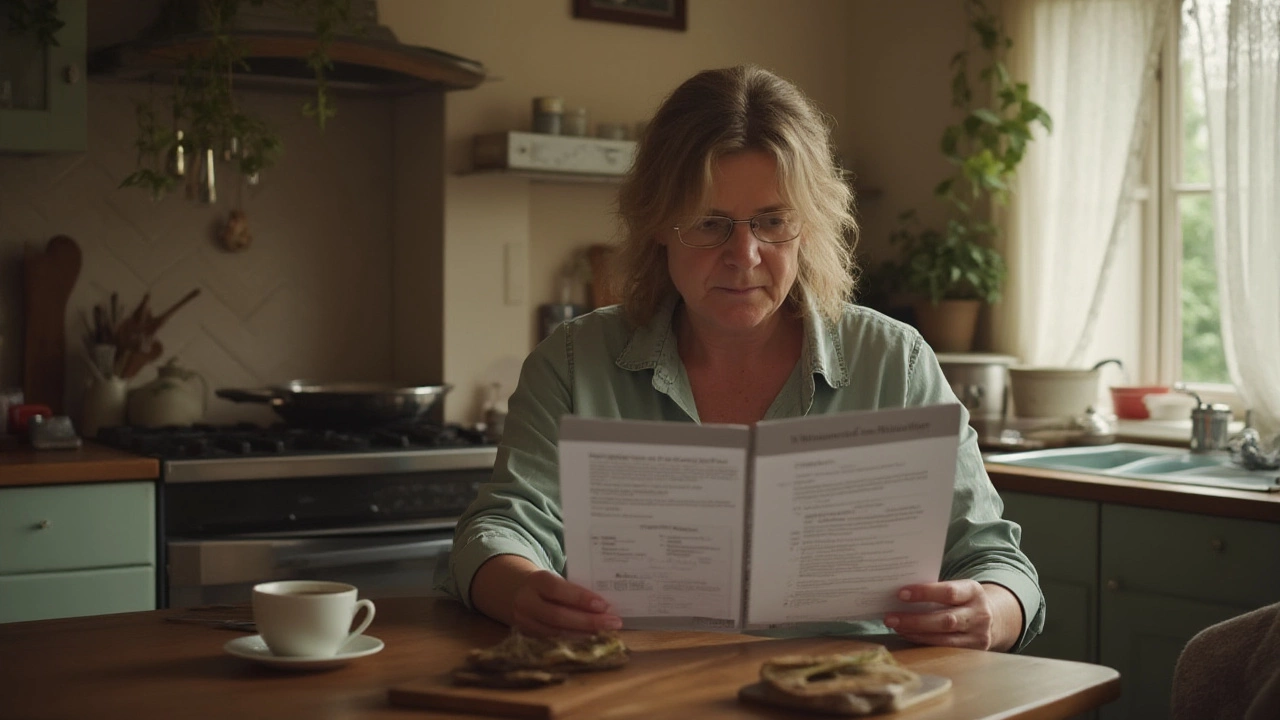Fix Oven Problems: Simple Steps to Get Your Kitchen Working Again
Is your oven acting up? Maybe it won’t heat, bakes unevenly, or shows a strange error code. Before you call a technician, try a few quick checks. Most everyday issues can be solved with a screwdriver, a little patience, and the right know‑how.
Identify the Symptom
First, write down exactly what’s happening. Does the oven stay cool when you turn it on? Does it heat but take forever to reach temperature? Or does a digital display flash a code? Knowing the symptom narrows down the cause and saves time.
Common problems include:
- Heating element is burnt out.
- Thermostat or temperature sensor is faulty.
- Door seal is damaged, letting heat escape.
- Control board or simple fuse has tripped.
- Oven is older than 7‑10 years and parts are wearing out.
DIY Fixes You Can Try
1. Check the power. Make sure the oven is plugged in and the circuit breaker hasn’t tripped. A quick reset can solve a dead‑out situation.
2. Inspect the heating element. Open the oven door, locate the visible metal coil (for electric ovens) or the metal tube (for gas ovens). Look for cracks or discoloration. If it’s blackened or broken, replace it. Removing the element usually requires a screwdriver and a new part matching the model.
3. Test the thermostat. Most ovens have a rotary thermostat you can turn to a higher setting and feel if it clicks. If it feels loose or doesn’t move, the thermostat may need swapping.
4. Examine the door gasket. Pull the door open and run a hand along the rubber seal. Any gaps or tears let heat out and cause uneven baking. Gaskets are cheap and install with a little pressure.
5. Reset error codes. For digital ovens, turn the knob off, unplug the unit for a minute, then plug it back in. Many codes clear after a power cycle. If the code returns, note it and search the manual for the specific fault.
If any of these steps feel beyond your comfort level, or if the oven still won’t heat after replacing the element, it’s time to call a professional. A qualified tech can safely test the high‑voltage components and replace a faulty control board.
Older ovens (7‑10+ years) often face multiple wear points. Before you spend on a major repair, weigh the cost of a new oven against the price of parts and labor. Sometimes a fresh unit saves money in the long run.
Remember, safety comes first. Always disconnect power before opening panels, and never work on a gas connection unless you’re trained.
With these quick checks, you’ll know whether you can fix the problem yourself or need a pro. Either way, you’ll avoid unnecessary service calls and get back to cooking faster.
Oven Control Board Replacement: Costs, Risks and Real Value
0 Comments
Does replacing an oven control board make sense? Get honest advice, clear pros and cons, repair costs, and tips from a fellow home appliance fan in Dunedin.
Read More